By_shalini oraon

_ The upcoming Household Income Survey, framed around the statements and challenges highlighted by MoSPI Secretary Saurabh Garg.
—
The Great Indian Economic X-Ray: Why MoSPI’s First Income Survey is Its Toughest Mission Yet
In the intricate tapestry of Indian economic data, a crucial thread has always been missing: a comprehensive, nationwide survey of household incomes. While we have robust estimates on consumption expenditure, a clear, official picture of how much money Indian households actually earn has remained elusive. This is set to change. The Ministry of Statistics and Programme Implementation (MoSPI), under Secretary Saurabh Garg, is embarking on its first-ever nationwide Household Income Survey. But as Garg himself has forewarned, this endeavour is poised to be the “toughest” yet for the Indian statistical system. The success of this monumental project hinges on two fragile pillars: public awareness and the ironclad guarantee of anonymity.
Filling the Critical Data Void
To understand the significance of this survey, one must first appreciate the data gap it aims to fill. India has relied heavily on the Household Consumption Expenditure Survey (HCES) to gauge living standards, estimate poverty, and shape welfare policies. Consumption is a useful, often stable, proxy for economic well-being. However, it does not capture the full picture.
Income data reveals the sources and disparities of economic power. It can answer pivotal questions: How much of rural income now comes from non-agricultural, salaried work? What is the true scale of the urban gig economy’s contribution to household earnings? How wide is the chasm between the top and bottom percentiles in terms of actual earnings, not just spending? For policymakers, researchers, and businesses, this data is not a luxury; it is a necessity for crafting targeted fiscal policies, understanding savings and investment patterns, and accurately measuring the nation’s economic inequality. As Saurabh Garg indicated, this survey is designed to sit alongside the consumption survey, providing a stereoscopic view of Indian household finances that we have never had before.
The “Toughest” Survey: A Triad of Challenges
Secretary Garg’s characterization of the survey as the “toughest” is not hyperbole. It stems from three formidable challenges that make measuring income fundamentally different from measuring consumption.
1. The Opacity of Income: Consumption, especially in a country like India, is often visible. What a household eats, the fuel it uses, and the durable goods it owns can be observed and verified to an extent. Income, particularly in a nation with a vast informal sector, is notoriously opaque. It encompasses not just regular salaries credited to bank accounts, but daily wages in cash, seasonal agricultural income, profits from small businesses, remittances, and a plethora of informal, unreported earnings. People may have multiple income streams, some of which they may not even formally account for themselves. Getting a respondent to recall and confess their total income is a task of unparalleled complexity.
2. Deep-Seated Suspicion and Fear: In the Indian context, the word “income” is inextricably linked to the taxman. Despite MoSPI’s long-standing and impeccable record of data confidentiality, the immediate fear for many will be that disclosing income could lead to harassment from the Income Tax Department. This fear is not limited to the affluent; it permeates down to the small shopkeeper, the auto-rickshaw driver with multiple cash streams, and the farmer who sells produce in the open market. This instinct to underreport or flatly refuse to disclose information is the single biggest hurdle the surveyors will face.
3. Conceptual Complexity: For a significant portion of the population, the concept of “net monthly income” is abstract. An agricultural household’s income is annual and lumpy. A small trader’s income is the profit after deducting business expenses—a calculation many may not perform formally. Translating these diverse, often irregular, earning patterns into a standardized format for data collection requires exceptionally skilled surveyors and meticulously designed questionnaires.
The Twin Pillars of Success: Awareness and Anonymity
Recognizing these Herculean challenges, MoSPI’s strategy is rightly focused on the two factors that can build public trust: awareness and anonymity.
Awareness: A Pre-emptive Communication Blitz
Garg has emphasized that a massive public awareness campaign is non-negotible.This cannot be a mere press release; it must be a grassroots movement. The campaign must repeatedly and clearly communicate several key messages:
· MoSPI is NOT the Income Tax Department: This distinction needs to be seared into the public consciousness. The campaign must explain MoSPI’s role as a national statistical organization, its purpose of macro-level planning, and its five-decade history of conducting surveys without breaching confidentiality.
· Your Data is Safe: The message must be unequivocal: the information collected is for statistical purposes only. It is protected under the Collection of Statistics Act, 2008, which mandates strict confidentiality. No individual data will be shared with any other government agency, including the IT Department.
· You are Building India’s Future: The campaign must appeal to citizens’ civic duty, explaining how their truthful participation will lead to better-designed welfare schemes, more accurate economic policies, and a clearer understanding of the nation’s economic health. It is about making their voice count in the most concrete way possible.
This requires leveraging all mediums—from television and radio jingles to social media influencers and partnerships with local community leaders, panchayats, and schools.
Anonymity: The Technological and Legal Fortress
Awareness must be backed by a robust system that guarantees anonymity.This involves both procedure and technology.
· Trained and Empathetic Field Staff: The surveyors will be the face of this operation. They require intensive training not just in data collection techniques, but in communication skills to allay fears, build rapport, and explain the purpose of the survey in simple, relatable terms.
· Data Encryption and Non-Disclosure: The entire data pipeline, from the field to the server, must be secured. Tablets used for collection should have encrypted data transmission. The identities of households should be delinked from the economic data at the earliest possible stage, with the identifying information stored separately or discarded after necessary validation checks.
· The Legal Firewall: The commitment to anonymity must be reinforced by citing the specific legal provisions that protect the data. This legal firewall is the ultimate assurance that MoSPI operates under a different mandate than revenue-generating agencies.
A Legacy in the Making
The first-ever Household Income Survey is more than just another data collection exercise; it is a foundational project that will reshape India’s economic understanding for decades to come. The challenges, as Saurabh Garg rightly points out, are monumental. The spectre of non-response or systematic underreporting looms large.
However, if MoSPI can successfully mount a communication campaign that wins the public’s trust and couples it with an unassailable data protection protocol, it will achieve something remarkable. It will not only have collected a vital new dataset but will have strengthened the very contract of trust between the citizen and the state. The success of this “toughest” survey will be measured not just in the terabytes of data it gathers, but in its ability to demonstrate to every Indian household that their truth, when shared for the public good, is both valued and safe. The entire nation awaits this economic X-ray, and its clarity depends entirely on the trust we collectively place in the process.
Discover more from AMERICA NEWS WORLD
Subscribe to get the latest posts sent to your email.
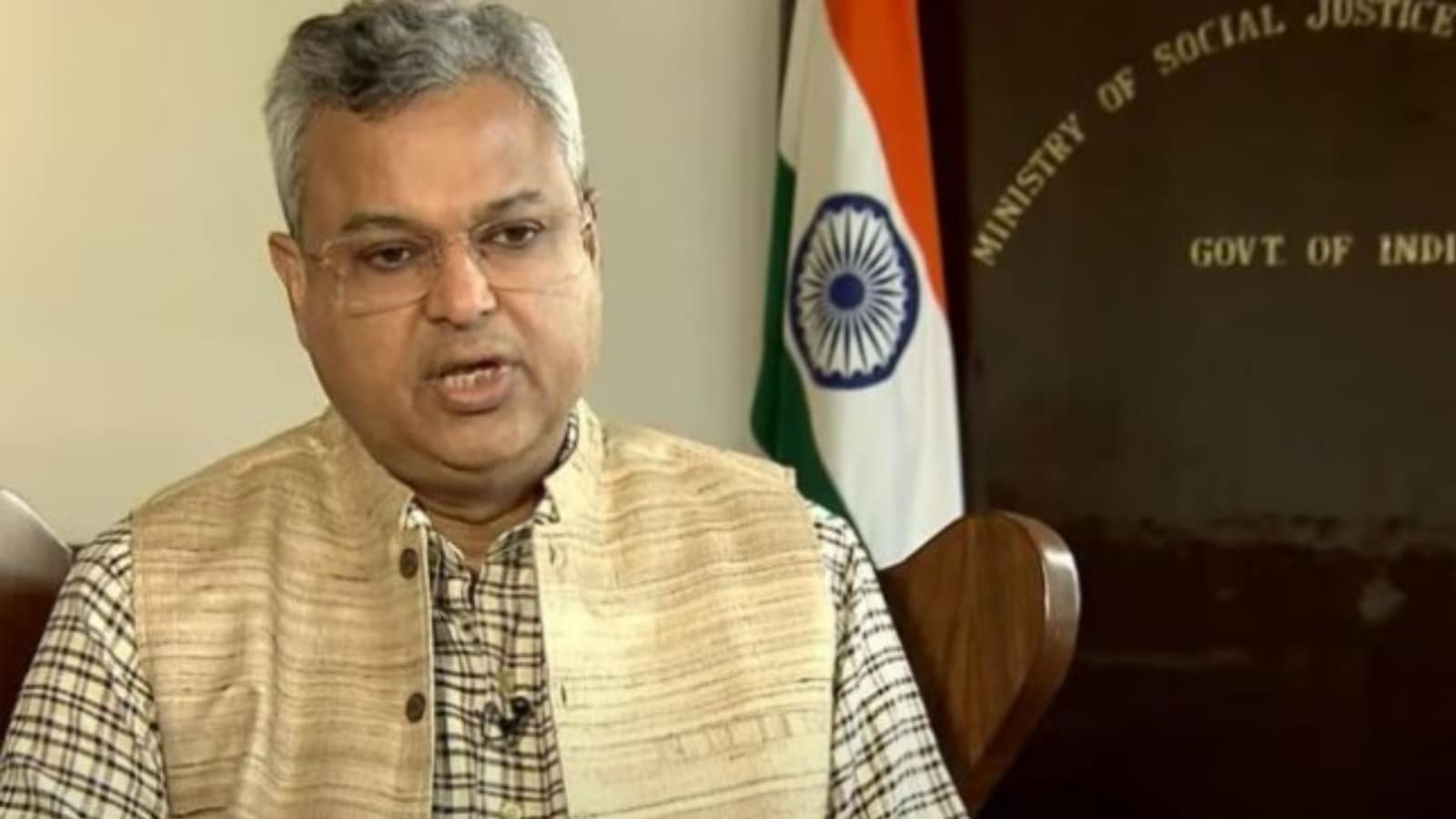


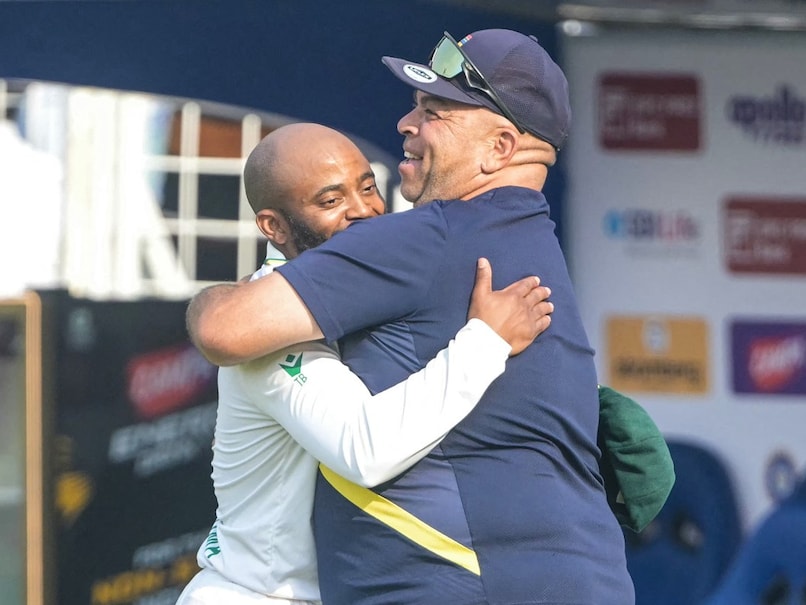
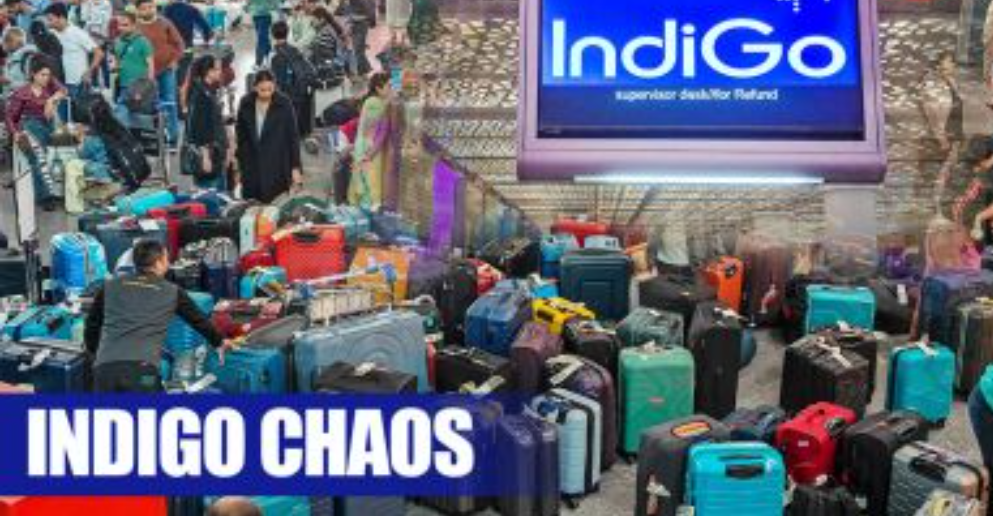
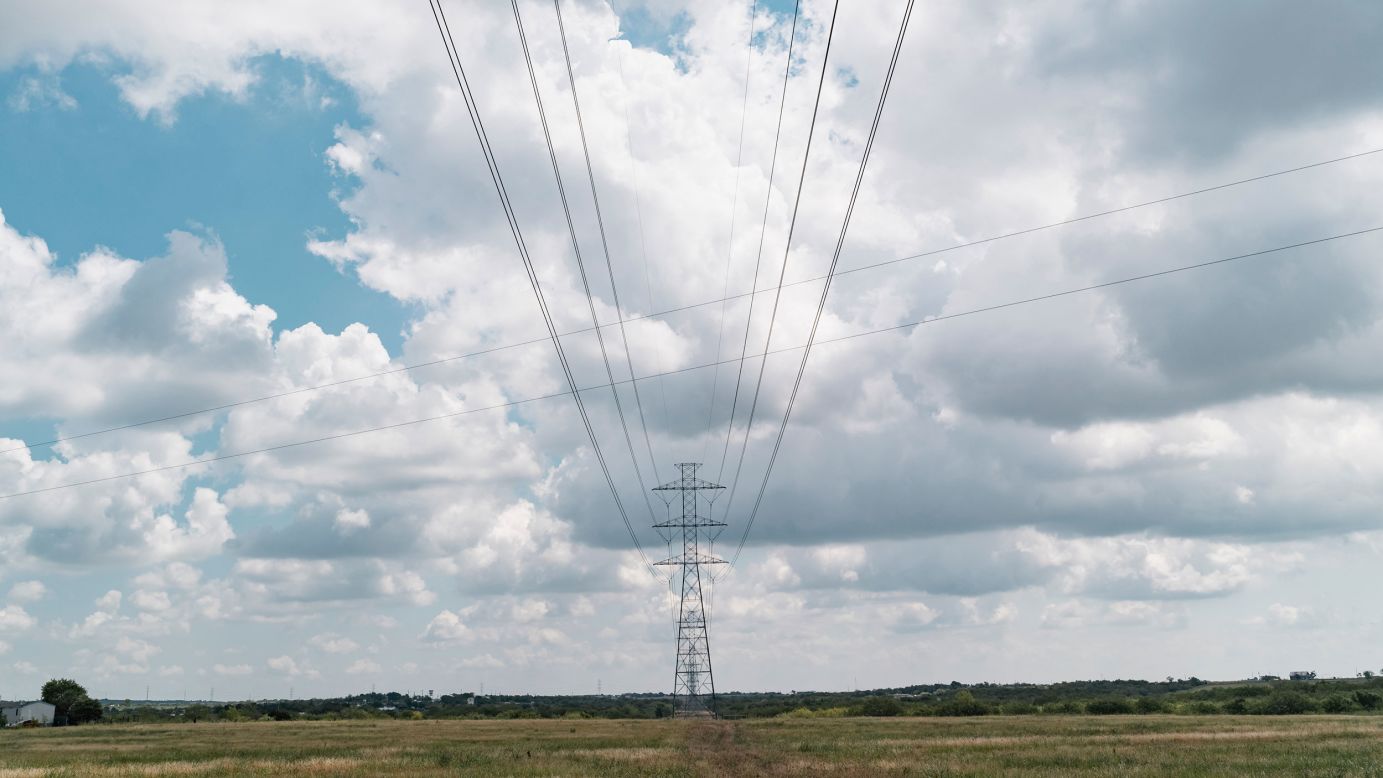







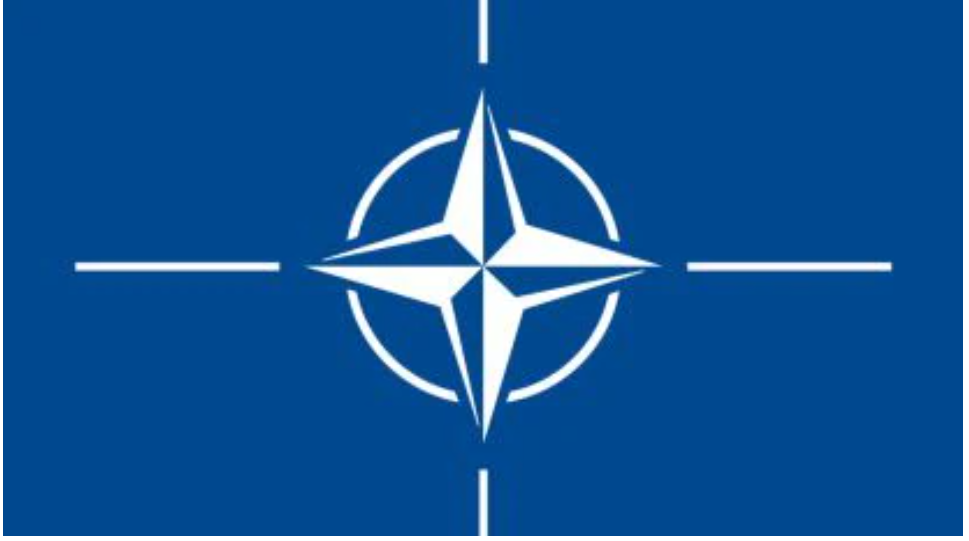




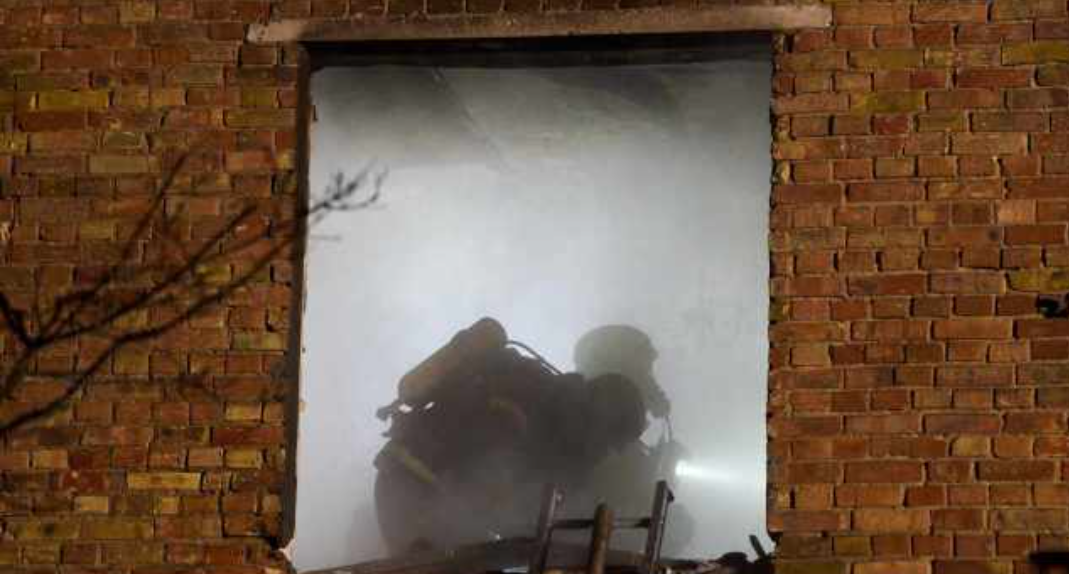
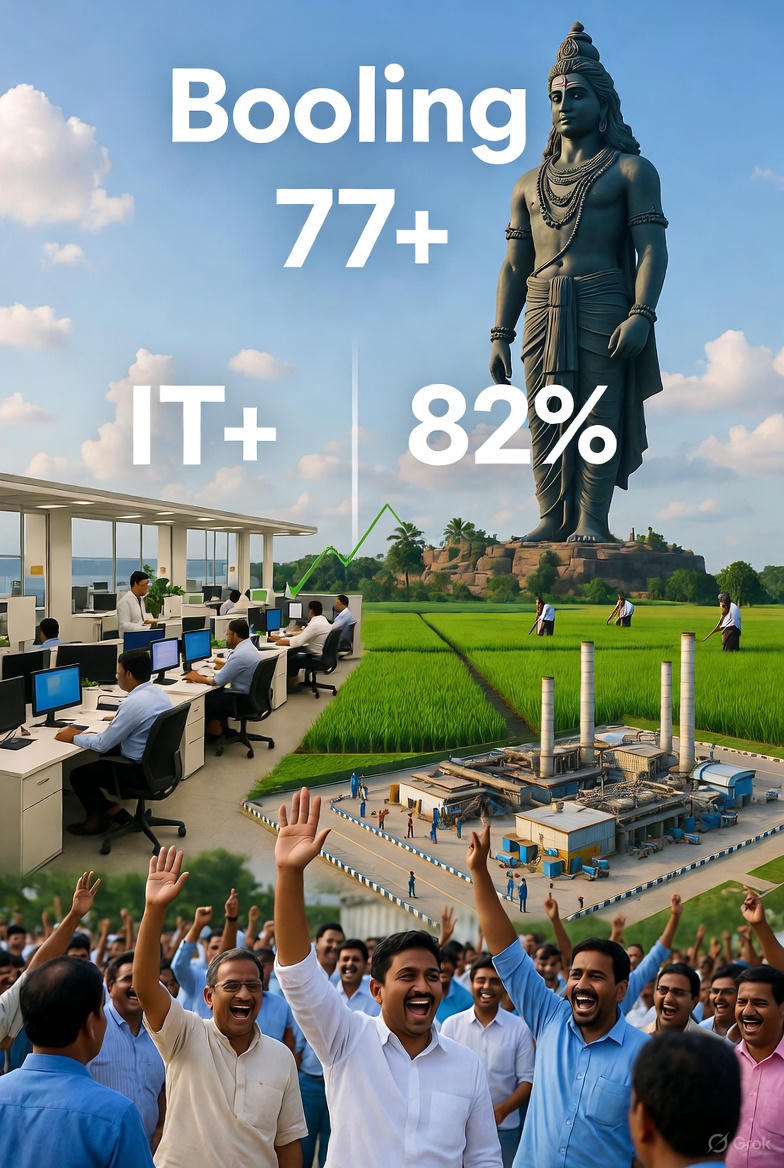




















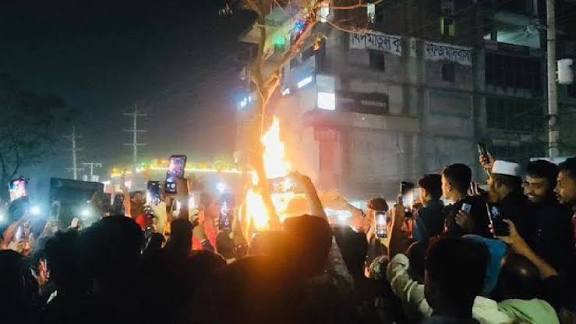
Leave a Reply